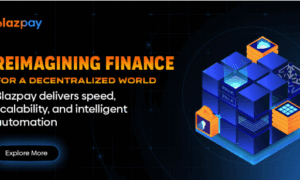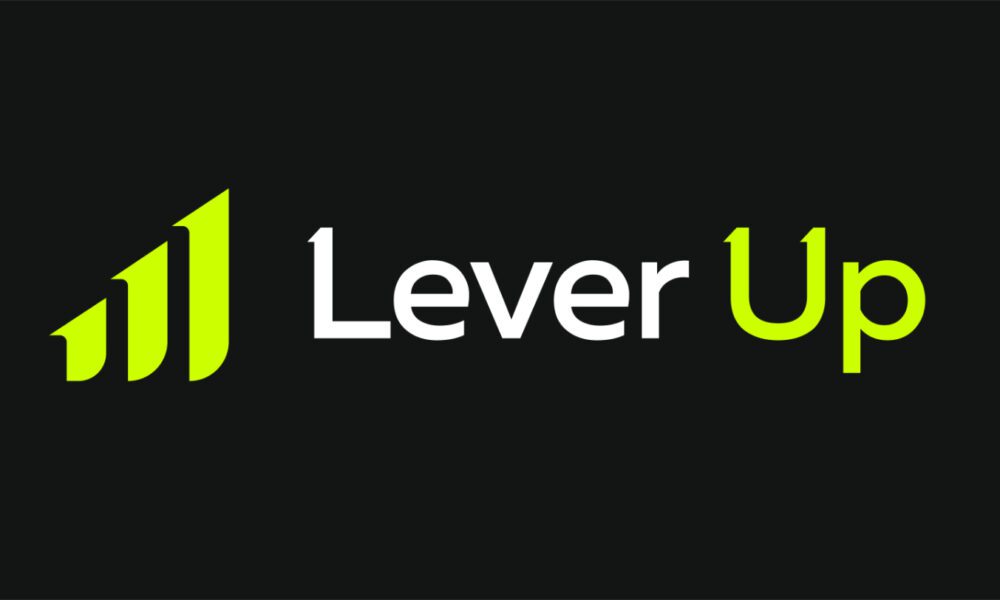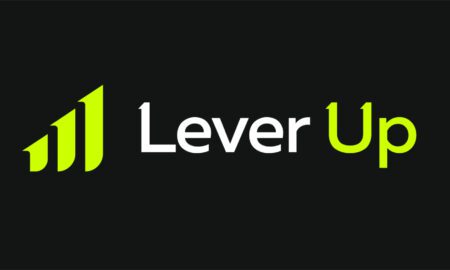A few weeks ago, I had a chat with our Sales team—the first point of contact for potential users of our DAM and PIM system. It’s always interesting to hear what customers bring to the table—their struggles, questions, and expectations.
Something unexpected came up in that conversation. Some customers told us they had waited weeks just to get a response to their demo request. Not the demo itself—just an answer.
That caught us off guard. For our team, quick responses are second nature. A user requests a demo? We get back to them right away, find a time that works, and schedule the call. Usually, we’re talking a few days max—a week if things are packed. That conversation made me realize that demo calls are far more important in the vendor-customer relationship than some might think. It’s the first real meeting, and if everyone on the call knows what to focus on, it can be a game-changer.
So, I sat down with our Sales team and some customers to put together a guide for getting the most out of e-commerce and business software demo calls. Why focus on e-commerce? Our main product is Toriut—a DAM built for Shopify, specifically designed with e-commerce businesses in mind. That’s our area of expertise, and I want to share what we’ve learned about making demo calls productive for both sides.
Customers’ Point of View: How to Make Demos Efficient
Embarking on the journey to find the perfect e-commerce software can feel like navigating a maze. One of the pivotal moments in this process is the demo call—a chance to see the software in action and determine if it aligns with your business needs. Having been on both sides of these calls, I’ve gathered some insights to help you make the most of them.
1. Bring Your Own Assets
During demos, it’s common for vendors to showcase their software using generic examples. While this highlights features, it might not reflect your unique workflows. I recommend asking vendors to use your actual assets during the demo. This approach provides a clearer picture of how the system will handle your specific needs.
For example, AI-based search might work perfectly for finding product photos or location-based images, but it may struggle when searching for more specific elements, like images featuring women. Seeing these things in action during the demo phase is much better than discovering them later.
2. Assess the Vendor’s Compatibility
A demo isn’t just about the software; it’s also about the people behind it. Pay attention to the vendor’s communication style and responsiveness. Do they listen to your concerns? Are they adaptable? Remember, choosing software often means entering a long-term partnership. It’s essential to ensure that the vendor’s culture aligns with yours.
In our team, we strive to be flexible and help customers get the most out of Toriut. In fact, this DAM for Shopify was built in response to customer feedback. Shopify sellers struggled with managing assets—images, videos, and more. Bulk uploading and matching media to products just wasn’t possible within Shopify. So, we created a system with easy search tools and organized media management to make it effortless. If your vendor is open to your needs and feedback, that’s a huge plus.
3. Clarify Onboarding and Support
Understanding the implementation process is crucial. Ask questions like:
- Will they assist with data migration?
- Are integrations handled by their team or yours?
- What does user onboarding look like?
Getting clear answers now can save you a lot of frustration later.
For example, we help customers with data migration—but only when they can provide temporary access to our developers. Sometimes, data protection policies make that impossible, so we offer consulting instead. We also provide free training for all new Toriut users, showing them how the system works, how to fit it into their daily workflow, and how to maximize its value.
4. Engage Actively and Take Notes
It’s easy to get caught up in the conversation and forget key details later. Engage actively, ask questions, and jot down notes. This practice will be invaluable when comparing different options and making a final decision.
From our own experience, we always ask customers if we can record the demo call, and then we send a summary via email. This way, they have something to refer back to later.
5. Schedule a Follow-Up Demo
Once you’ve narrowed down your choices, book a second demo. This time, delve deeper into:
- Pricing: Get full transparency on costs and ask about hidden fees.
- Technical Details: Bring in your IT team to check security, scalability, and integrations.
A follow-up demo is a great way to tie up loose ends and make sure there are no surprises before committing. But one issue that kept coming up in our conversations was how some users didn’t receive a clear breakdown of pricing—even during the demo. Imagine trying to assess a tool without knowing the cost—it’s like shopping without price tags.
For us, transparency is key. Our pricing is clearly listed on our website, and the demo is the perfect time to go over any questions about costs. No hidden fees, no surprises—just clear answers.
Time is valuable. While one vendor keeps you waiting, others are ready to have that conversation. Prioritizing vendors who respect your time can make all the difference in your decision-making process.
From the Vendor’s Perspective
Having worked extensively with Toriut, a Digital Asset Management (DAM) system designed for Shopify, I’ve come to see demos as more than just a showcase of features. They’re a two-way conversation—a chance for both sides to assess if there’s a real fit.
For us as vendors, it’s about understanding your challenges, exploring your goals, and seeing if our solution truly meets your needs. The best demos happen when participants come prepared, engaged, and open to discussing real-world scenarios.
A demo isn’t just about software; it’s about relationships. Choosing the right tool means entering into a long-term partnership, so it’s just as important for vendors to evaluate potential customers as it is for customers to assess vendors.
If we miss critical details—like workflow bottlenecks or integration needs—it can lead to wasted time and missed expectations later. That’s why open discussions during demos are so valuable.
We also appreciate working with customers who are genuinely invested in finding the right DAM solution. Passionate, engaged users help drive productive conversations that make it easier for both sides to determine the best way forward. After every demo, we ask ourselves: What’s next? What are their plans moving forward? Because at the end of the day, a demo is just the beginning of a partnership, not the end of the conversation.



































